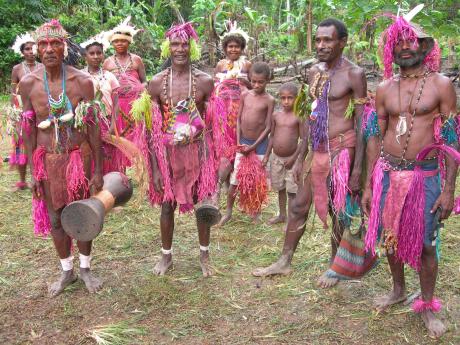Priscila Figueira de Souza Costa, a PhD student at the National Institute of Amazonian Research, is interested in unraveling the existing lineages within the Eschweilera coriacea species complex, one of the hyperdominance tree species in the Amazon. Her project seeks to understand the evolutionary processes and distribution patterns of Eschweilera coriacea lineages and thus help to elucidate possible solutions for a non-monophyletic clade, as in the case of the genus Eschweilera. Furthermore, this knowledge can inform more efficient public policies for the conservation of tropical forest species. Priscila will use morphological, near infrared spectroscopy and genomic data from individuals of Eschweilera coriacea from the entire Amazon Basin, including the forest dynamics plots at Manaus, Amacayacu, Yasuní, and San Lorenzo.






